Maruni
Maruni is een Japanse fabrikant die als doel heeft meubels te maken die robuustheid combineert met lichtheid en finesse en ontwerpen te creëren die over honderd jaar nog steeds actueel zijn. Met bijna een eeuw ervaring in hoogwaardige houten meubelproductie worden er geen concessies gedaan aan vorm, zitcomfort en afwerking. Hun meest bekende product waarin al deze kenmerken samenkomen is de tijdloze Hiroshima dining chair ontworpen door Naoto Fukasawa.
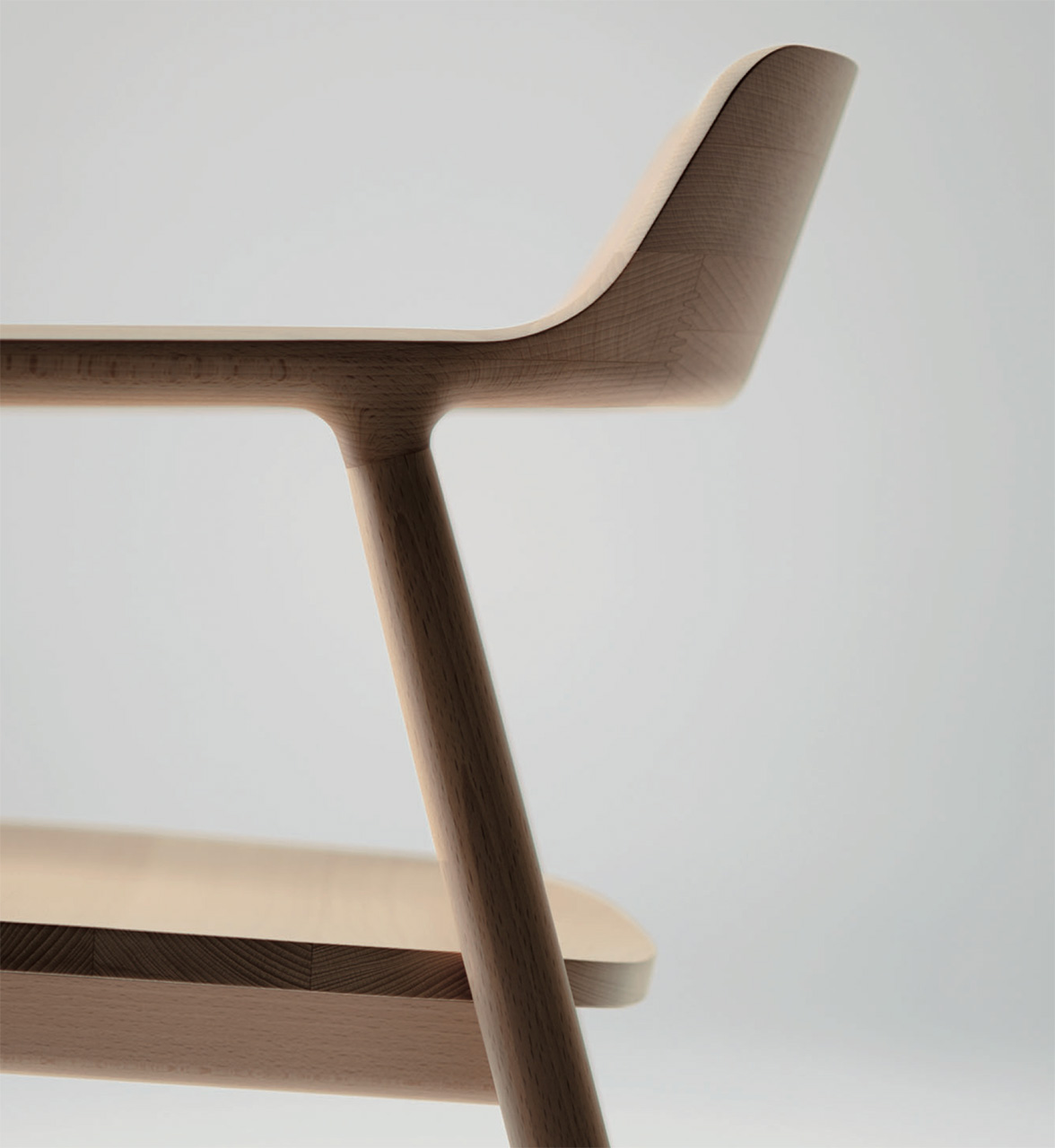
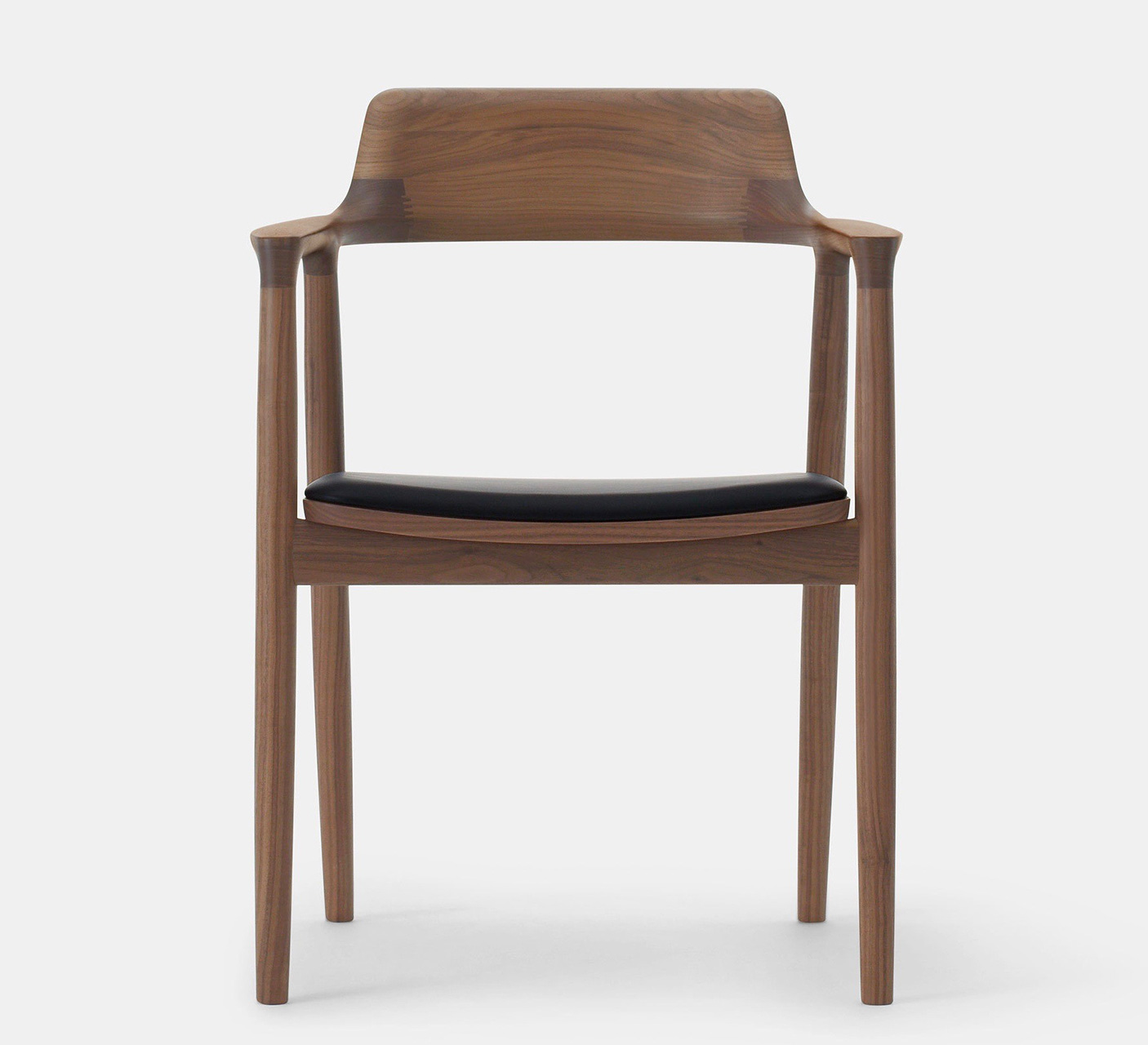
maruni filosofie en hun ontwerpers
Maruni is op zoek naar de hoogst haalbare kwaliteit van het houten meubel en die wordt verkregen door het huwelijk tussen vakmanschap en technologie wat van oudsher diep geworteld zit in het merk en hun grondige kennis en fascinatie van en voor hout.
Naoto Fukasawa begon zijn samenwerking met Maruni in 2006 en werd vervolgens de eerste art- director van de internationale poot Maruni Wood Industry waarbij hij zijn beroemde Hiroshima chair als deel van de eerste internationale collectie in 2008 presenteerde. Deze collectie was mede tot stand gekomen in samenwerking met Jasper Morrison die later mede art-director werd.
Dertien jaar lang waren zij ook de enige twee die de jaarlijks groeiende collectie meubels ontwierpen. In 2022 werd er een nieuwe tafel aan stoel van de succesvolle Deense ontwerper Cecilie Mainz toegevoegd en trad zij ook toe als mede art-director van de Maruni Wood Industry collectie. Aanvullend is er ook nog de shoe-horn van Nendo en de Sanaa chair uit de Maruni Next tentoonstelling van 2005 in de collectie.

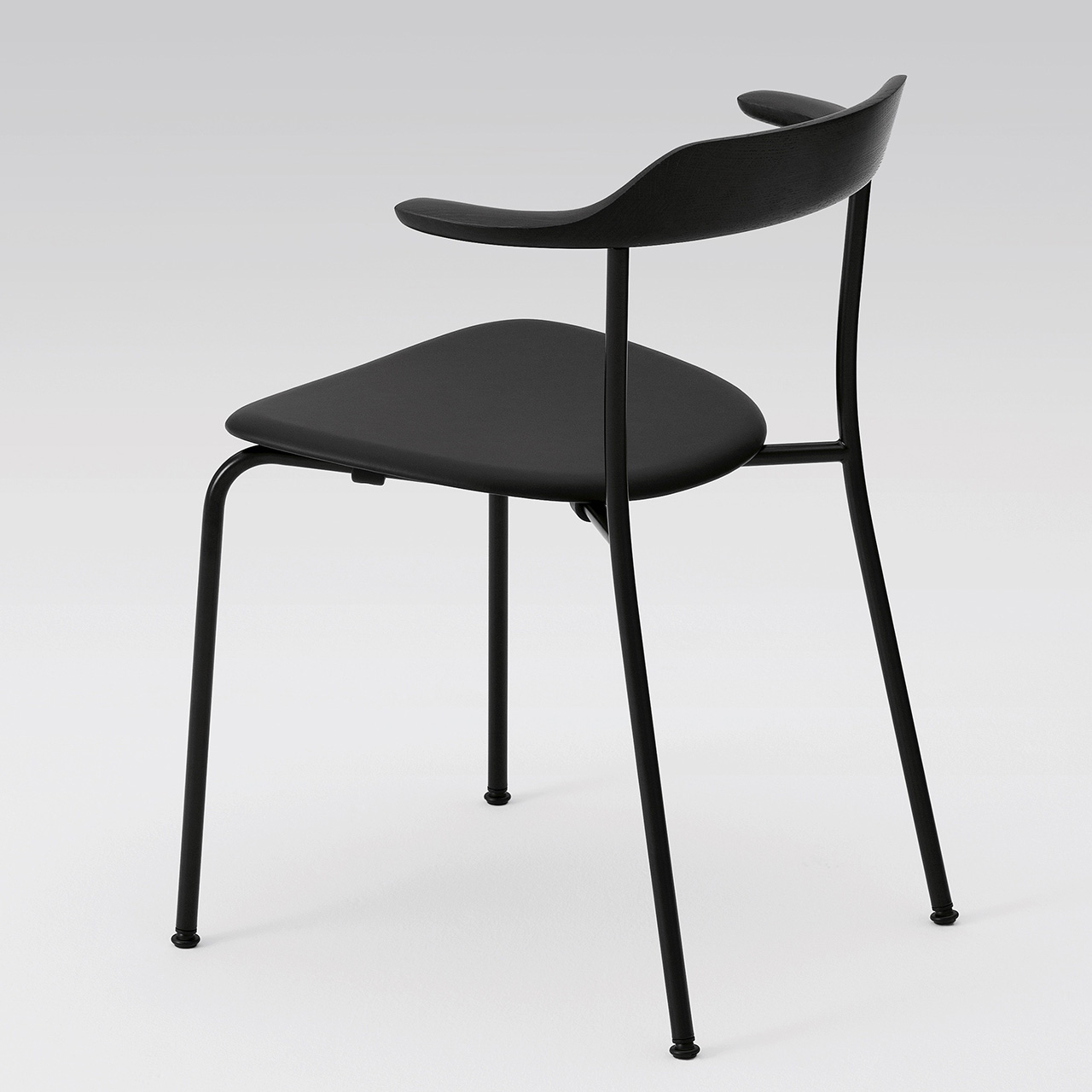
de modellen en hun toepassingen
De meer dan tien meubel collecties die het merk rijk is kennen een uitgebreid programma. Er zijn stoelen en krukken, hoog en laag, met en zonder armleggers en wel of niet gestoffeerd in een grote scale van stoffen. Iedere collectie heeft ook eigen tafels in meerdere afmetingen en er zijn een paar aanvullende tafels zoals de nieuwe monumentale massief houten SETO vergadertafel die Naoto oorspronkelijk voor zijn eigen kantoor heeft ontworpen.
Toen Jasper Morrison zijn zeer eigenwijze Fugu serie ontwierp (wat een Japans visgerecht is) ontwierp zijn vriend Naoto Fukasawa de Tako serie wat octopus betekent en dat zie je ook terug in de organische vorm van de poten.
Alle modellen zijn ook in meerder houtsoorten en afwerking verkrijgbaar dus de keuze is echt reuze. De internationale zeer succesvolle Hiroshima chair, een van de belangrijkste nieuwe klassiekers van deze eeuw, is er in beuken, eiken of walnoot hout verkrijgbaar afgewerkt met een urethane lak of een olie, naturel, zwart of whitish. Apple heeft in der tijd voor de beuken urethane whitish versie als basis stoel voor hun hoofdkantoor in Cupertino gekozen. Andere collecties zijn ook in Esdoorn of Essen verkrijgbaar.
De hoogwaardige uitvoering en diversiteit van de collecties maakt ze naast het residentieel gebruikt ook zeer geschikt voor hospitality projecten en werkomgevingen waar men bereid is te investeren in duurzame kwaliteit.
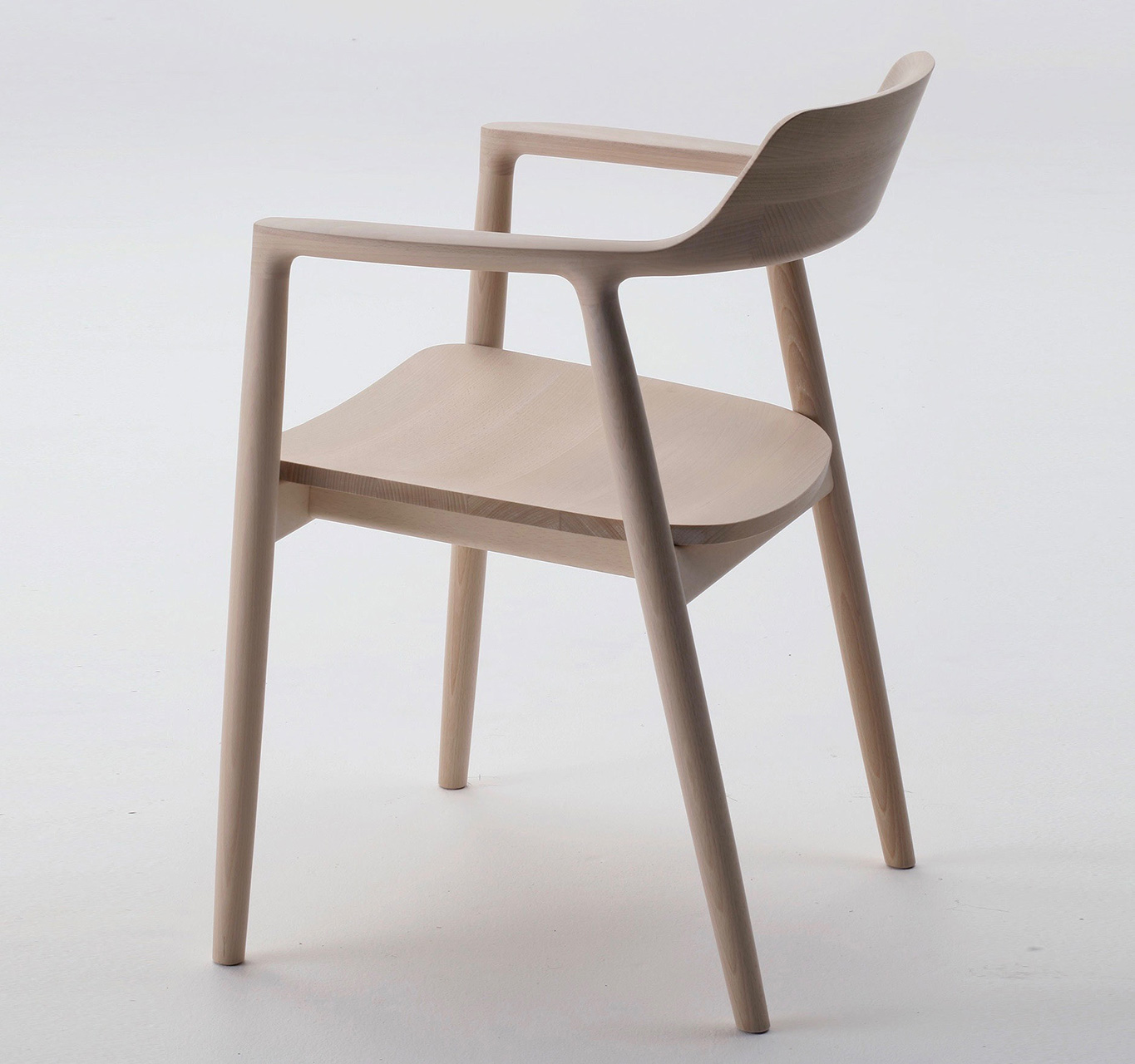
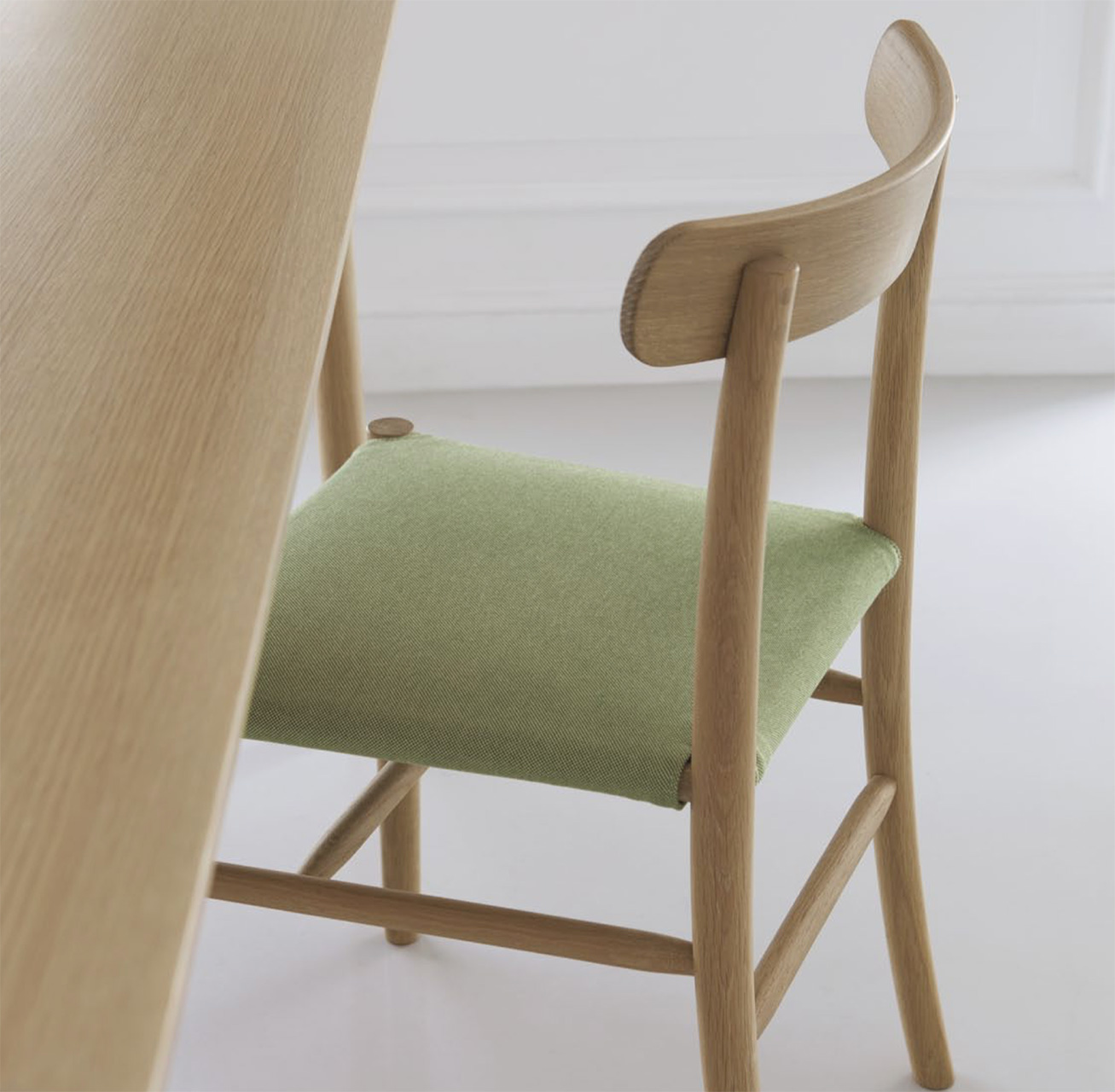
HET VAKMANSCHAP EN DE HISTORIE VAN MARUNI
Maruni ontstond in 1933 door Takeo Yamanake die opgroeide in de omgeving van Hiroshima, met een rijke traditie van ambachtelijk houtwerken en al vroeg gefascineerd was door de mogelijkheden van hout en de vorm die het kan aannemen. Het ontstond uit de in 1928 opgerichte Showa bentwood, de gebogen hout fabriek waar tot dan toe op traditionele manier meubels werden gemaakt.
Na zijn universitaire studie machinebouw deed Yamanake onderzoek naar de ontwikkelingen in meubels gemaakt van gebogen hout, in die tijd een bijzonder en nieuwe proces. Ook de Europese en met name Duitse technieken bestudeerde hij grondig.
Met zijn kennis over machinebouw en houten meubels werd in 1933 de naam van de traditionele fabriek veranderd in Maruni. Vanaf toen werd de focus gelegd op hoogwaardige industriële meubelproductie met westerse inslag maar wel altijd een traditioneel gevoel voor schoonheid. In de jaren negentig werd de focus op Japanse ideeën en esthetiek weer belangrijker.
In 2004 starte Next Maruni waarbij een selectie internationale top ontwerpers waren uitgenodigd om stoelen te ontwerpen voor een presentatie tijdens de Milaanse meubel beurs van 2005. Dit was de introductie van Maruni op het internationale toneel en drie jaar later presenteerde ze zich als Maruni Wood Industrie met de ontwerpen van Naoto Fukasawa en Jasper Morrison.


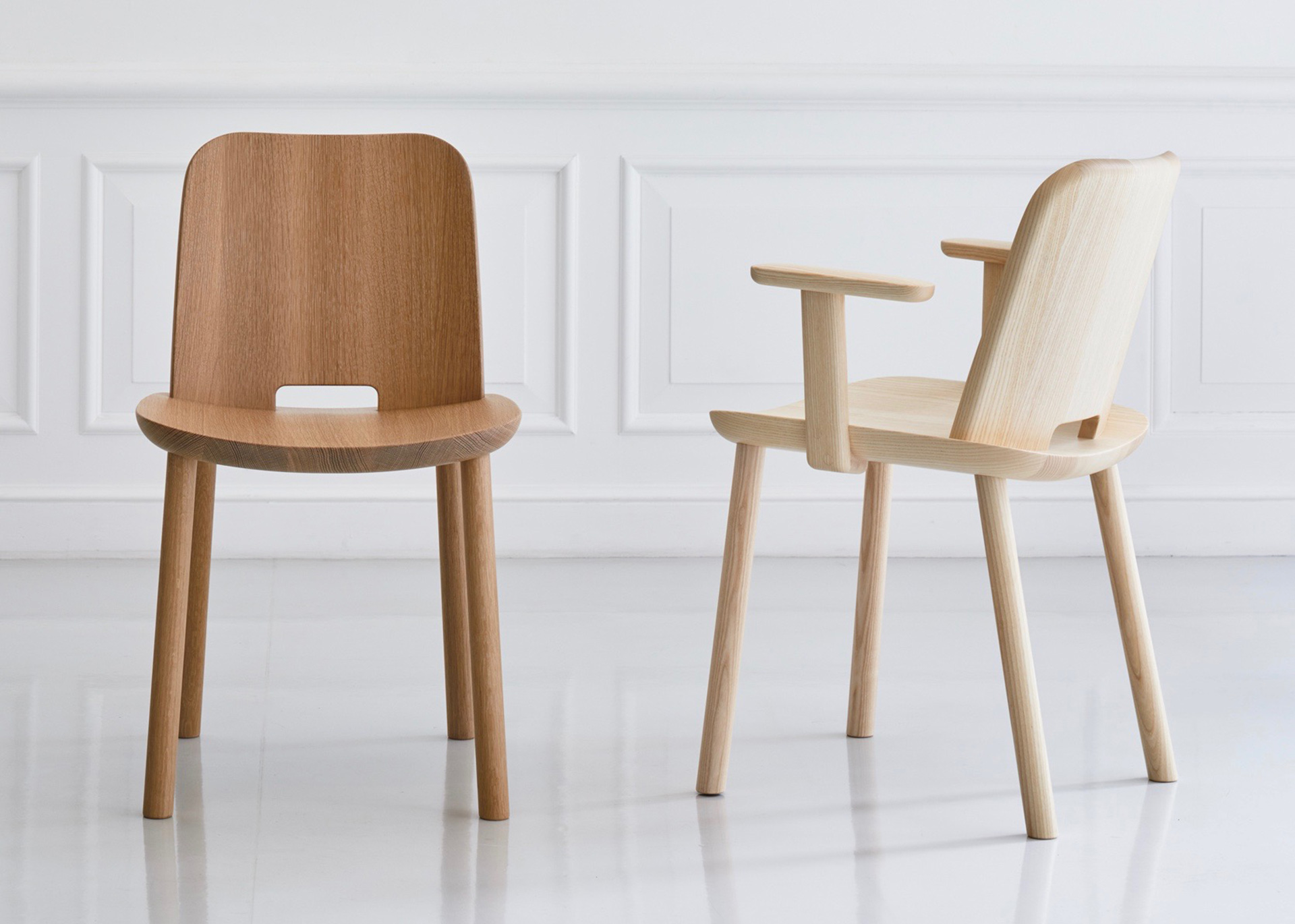
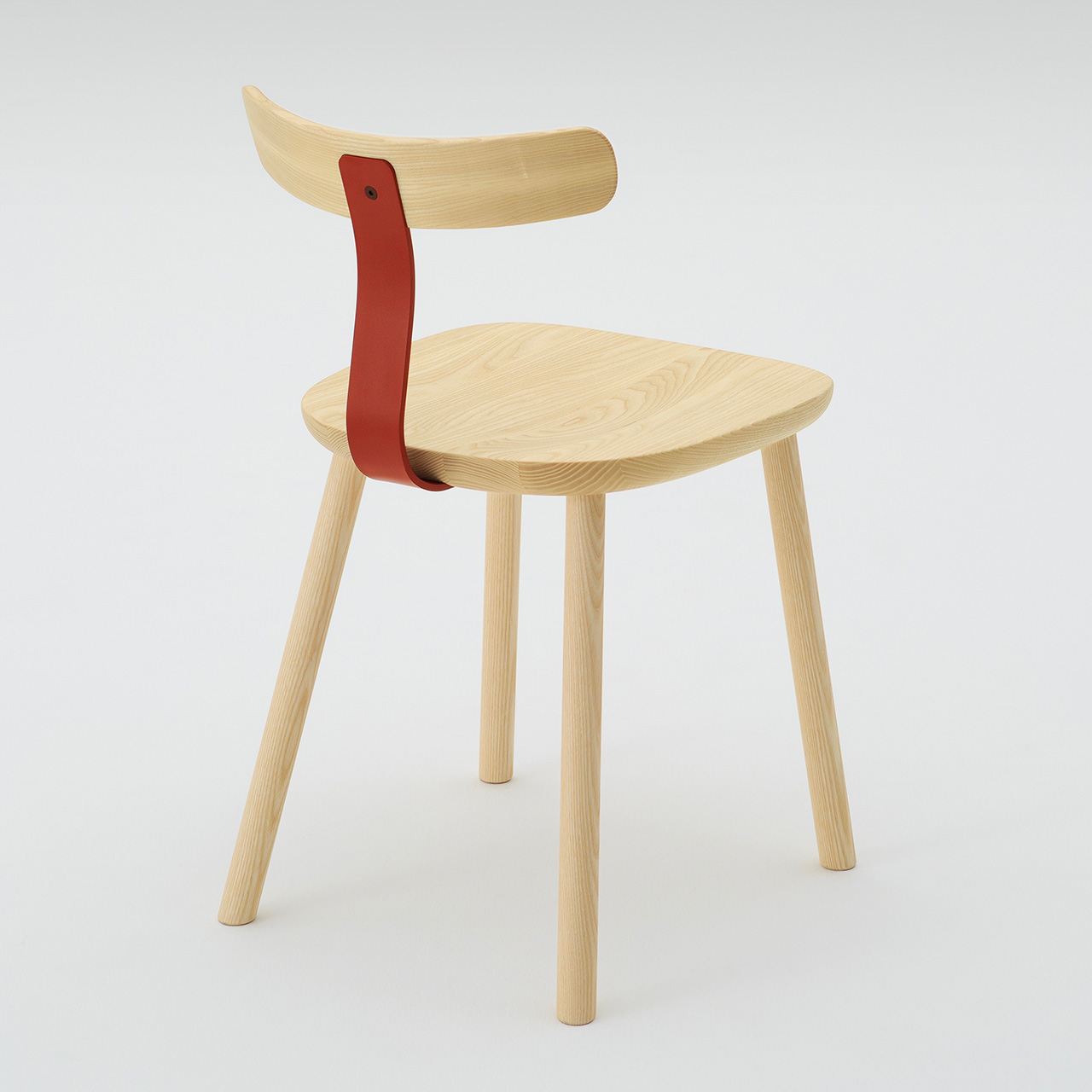
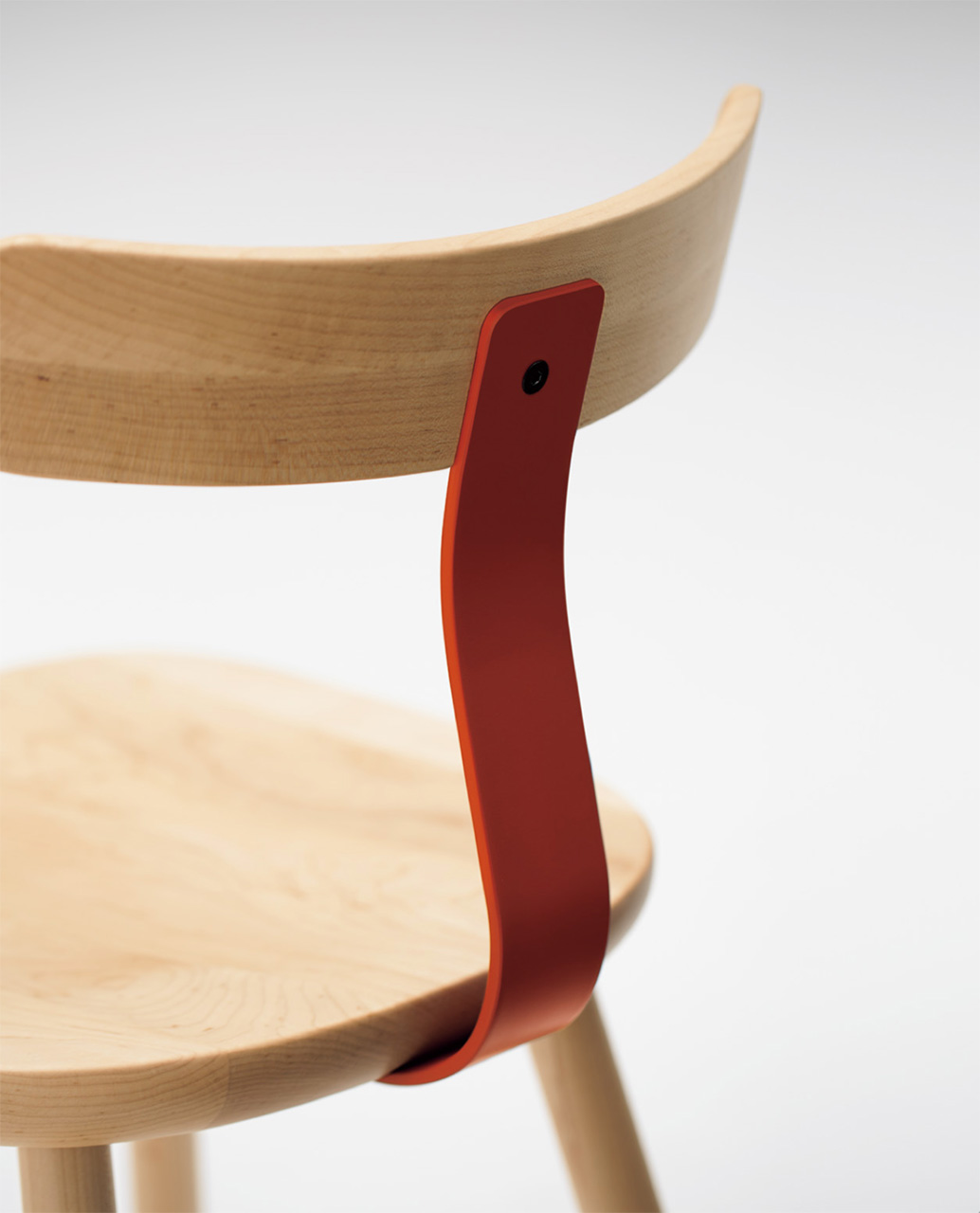

Maruni is een Japanse fabrikant die als doel heeft meubels te maken die robuustheid combineert met lichtheid en finesse en ontwerpen te creëren die over honderd jaar nog steeds actueel zijn. Met bijna een eeuw ervaring in hoogwaardige houten meubelproductie worden er geen concessies gedaan aan vorm, zitcomfort en afwerking. Hun meest bekende product waarin al deze kenmerken samenkomen is de tijdloze Hiroshima dining chair ontworpen door Naoto Fukasawa.


maruni filosofie en hun ontwerpers
Maruni is op zoek naar de hoogst haalbare kwaliteit van het houten meubel en die wordt verkregen door het huwelijk tussen vakmanschap en technologie wat van oudsher diep geworteld zit in het merk en hun grondige kennis en fascinatie van en voor hout.
Naoto Fukasawa begon zijn samenwerking met Maruni in 2006 en werd vervolgens de eerste art- director van de internationale poot Maruni Wood Industry waarbij hij zijn beroemde Hiroshima chair als deel van de eerste internationale collectie in 2008 presenteerde. Deze collectie was mede tot stand gekomen in samenwerking met Jasper Morrison die later mede art-director werd.
Dertien jaar lang waren zij ook de enige twee die de jaarlijks groeiende collectie meubels ontwierpen. In 2022 werd er een nieuwe tafel aan stoel van de succesvolle Deense ontwerper Cecilie Mainz toegevoegd en trad zij ook toe als mede art-director van de Maruni Wood Industry collectie. Aanvullend is er ook nog de shoe-horn van Nendo en de Sanaa chair uit de Maruni Next tentoonstelling van 2005 in de collectie.


de modellen en hun toepassingen
De meer dan tien meubel collecties die het merk rijk is kennen een uitgebreid programma. Er zijn stoelen en krukken, hoog en laag, met en zonder armleggers en wel of niet gestoffeerd in een grote scale van stoffen. Iedere collectie heeft ook eigen tafels in meerdere afmetingen en er zijn een paar aanvullende tafels zoals de nieuwe monumentale massief houten SETO vergadertafel die Naoto oorspronkelijk voor zijn eigen kantoor heeft ontworpen.
Toen Jasper Morrison zijn zeer eigenwijze Fugu serie ontwierp (wat een Japans visgerecht is) ontwierp zijn vriend Naoto Fukasawa de Tako serie wat octopus betekent en dat zie je ook terug in de organische vorm van de poten.
Alle modellen zijn ook in meerder houtsoorten en afwerking verkrijgbaar dus de keuze is echt reuze. De internationale zeer succesvolle Hiroshima chair, een van de belangrijkste nieuwe klassiekers van deze eeuw, is er in beuken, eiken of walnoot hout verkrijgbaar afgewerkt met een urethane lak of een olie, naturel, zwart of whitish. Apple heeft in der tijd voor de beuken urethane whitish versie als basis stoel voor hun hoofdkantoor in Cupertino gekozen. Andere collecties zijn ook in Esdoorn of Essen verkrijgbaar.
De hoogwaardige uitvoering en diversiteit van de collecties maakt ze naast het residentieel gebruikt ook zeer geschikt voor hospitality projecten en werkomgevingen waar men bereid is te investeren in duurzame kwaliteit.


HET VAKMANSCHAP EN DE HISTORIE VAN MARUNI
Maruni ontstond in 1933 door Takeo Yamanake die opgroeide in de omgeving van Hiroshima, met een rijke traditie van ambachtelijk houtwerken en al vroeg gefascineerd was door de mogelijkheden van hout en de vorm die het kan aannemen. Het ontstond uit de in 1928 opgerichte Showa bentwood, de gebogen hout fabriek waar tot dan toe op traditionele manier meubels werden gemaakt.
Na zijn universitaire studie machinebouw deed Yamanake onderzoek naar de ontwikkelingen in meubels gemaakt van gebogen hout, in die tijd een bijzonder en nieuwe proces. Ook de Europese en met name Duitse technieken bestudeerde hij grondig.
Met zijn kennis over machinebouw en houten meubels werd in 1933 de naam van de traditionele fabriek veranderd in Maruni. Vanaf toen werd de focus gelegd op hoogwaardige industriële meubelproductie met westerse inslag maar wel altijd een traditioneel gevoel voor schoonheid. In de jaren negentig werd de focus op Japanse ideeën en esthetiek weer belangrijker.
In 2004 starte Next Maruni waarbij een selectie internationale top ontwerpers waren uitgenodigd om stoelen te ontwerpen voor een presentatie tijdens de Milaanse meubel beurs van 2005. Dit was de introductie van Maruni op het internationale toneel en drie jaar later presenteerde ze zich als Maruni Wood Industrie met de ontwerpen van Naoto Fukasawa en Jasper Morrison.





